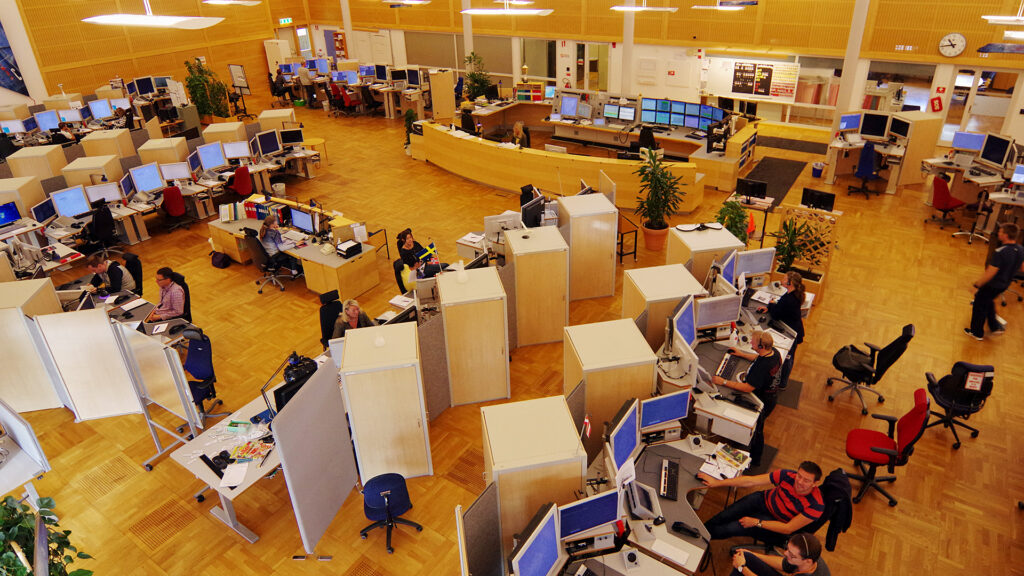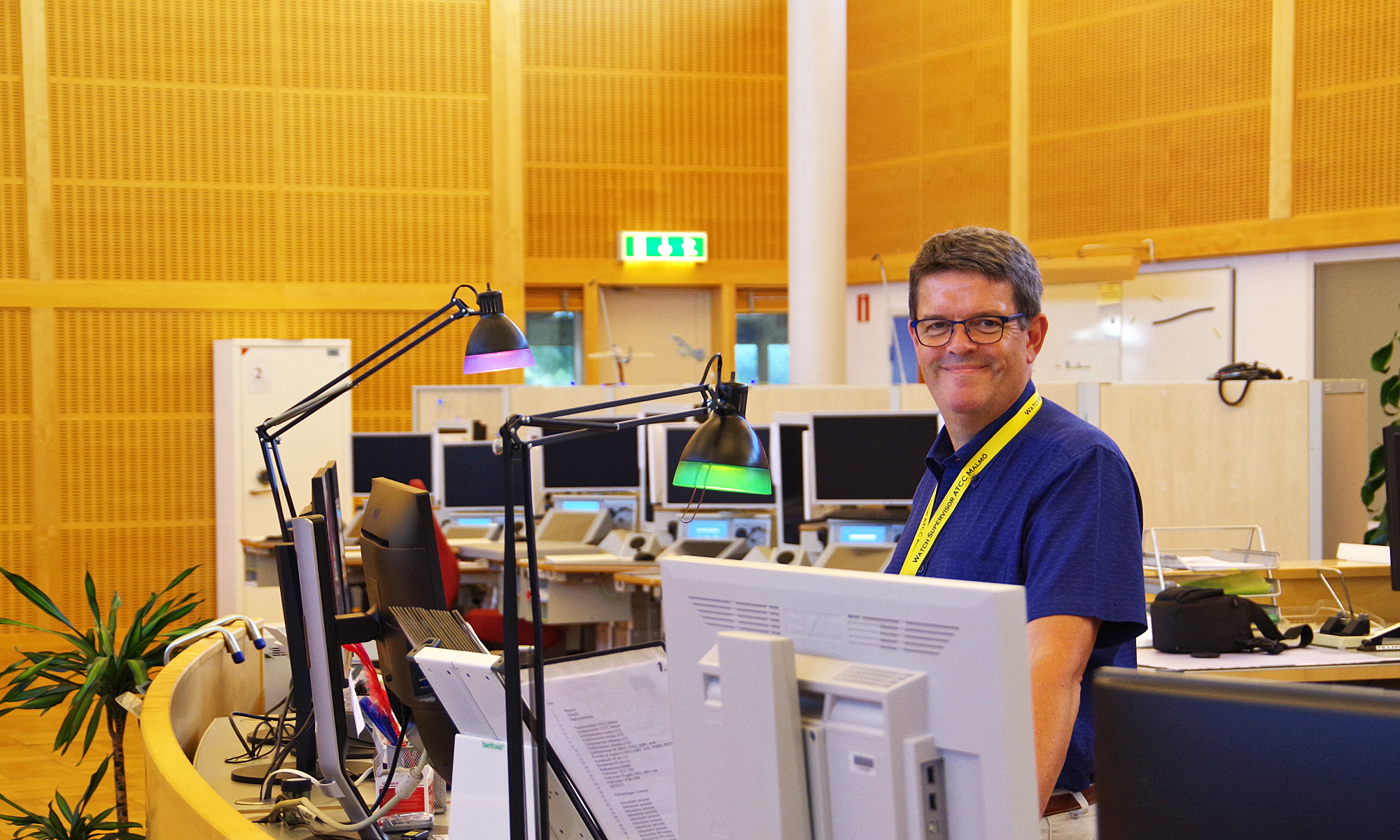In the previous part, we had a look at methods to solve problems. I used a bike with a flat tire as an example of a simple system, and a car with engine troubles as an example of a complicated system. The methods for problem-solving were similar; notice the problem, find a hypothesis to develop a plan (perhaps after asking someone who is more knowledgeable), proceed with the plan and evaluate the result.

Let’s move on to our next example. We are now the management of an Air Traffic Control Centre. This is of course a very well organised place, with highly qualified and trained staff, advanced technology, several specialised support functions, and established processes for a range of activities. The outcome is continuously monitored by collecting different kinds of data. One example is the reporting system, where operational staff can hand in mandatory or voluntary reports. Lately, we have seen an increased number of these reports, dealing with a loss of separation between arriving aircraft, to one of the airports serviced by the Centre.

Faced with this problem, we turn to our universal problem-solving method. We assume there is a cause to our problem, and we realise that to be able to find the cause we will need expertise. In this case, we use our incident investigation experts. They have investigated the reports, made an analysis, found the causes of these incidents and made suggestions for actions to solve the problem.
From these reports, we learn that shortly before the new incidents (losses of separation) started to occu, a new method was implemented that changed the handling of arriving aircraft to the relevant airport. Our hypothesis, based on expert opinion, is that there were issues with the way this new method was described. The air traffic controllers misinterpreted the new method, or found it difficult to apply, and the result is that the Centre had a number of incidents, loss of separation.
With this hypothesis, we can now develop a plan. We will revise, clarify, and improve the new method. This updated version will then be implemented, and the result evaluated. Hopefully, we will see that after the implementation there will be no more loss of separation and we have another proof of the validity of our problem-solving method!
There is however one detail to consider. An Air Traffic Control Centre is neither a simple nor a complicated system. Instead, it is a complex system and as such has a few attributes that makes it different in many aspects, including how to manage problem-solving.
But our example above described a successful example of problem-solving, confirming the validity of our method, didn’t it? It may look that way, but there are a few questions to be asked; Did we really find the cause? Was the improvement we saw the result of our actions? Did we actually solve the problem once and for all?
To be able to manage problem-solving in complex systems, we need to understand a lot more about them. This is what we will look at in the next episode…

